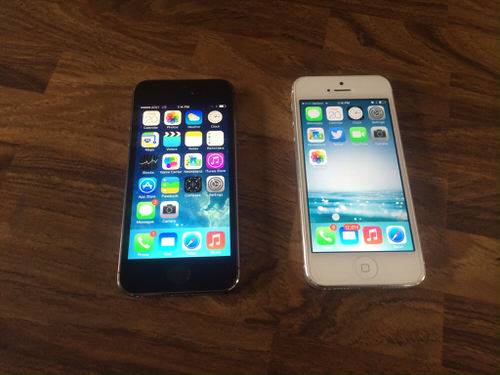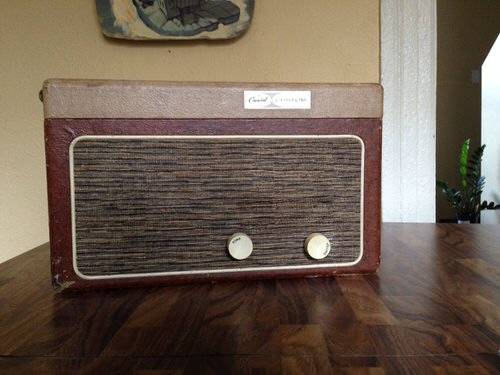Today’s the day that the new iPhones have hit the shelves in the U.S. The pricier—and apparently more desired—iPhone 5S is not easy to find today, but after managing to get my hands on one, here’s a quick comparison between the new 5S model and last year’s iPhone 5.
First Impressions
The iPhone 5S, at first glance, is identical to its forebear. But with a flashy new A7 64-bit chip, the M7 motion co-processor, Apple’s clever Touch ID fingerprint sensor and some powerful photography/video features, its insides bear little resemblance to the iPhone 5. Both phones boast a bright 326-ppi Retina touchscreen, of course, and the new version maintains the dimensions of its predecessor, weighing in at the same 112 grams. In our early testing, we compared a black 16GB iPhone 5S with a white Verizon iPhone 5 (pictured below).

Appearance
From the front, you could mistake the iPhone 5S for last year’s iPhone 5 if it weren’t for the new home button. The iPhone 5S’s home button has lost the iconic rounded square of past generations in exchange for its nifty new fingerprint sensor. Beyond that, on the back of the device you’ll note that the 5S has a new oblong-shaped dual flash to the right of the lens. The charging port, headphone jack placement, buttons and speaker arrangement remain unchanged. Beyond that, about the only discernable difference is that the iPhone logo has been Jony Ive-ified, featuring the printed “iPhone” logo in a thin font to match iOS 7’s ubiquitous Helvetica Neue Ultra Light typeface.

Speed
As more comprehensive benchmarking comparisons would suggest, the iPhone 5S is noticeably faster than many competitors, easily doubling the speed of last year’s model in many tests. The iPhone 5 is certainly no slouch, but upon activating my device, a “space gray” 16GB iPhone 5S running on AT&T’s network, my first takeaway is whoa… this thing is fast. Granted, any new phone is blazing fast right out of the gate, but the 5S opens apps, loads webpages and executes so quickly it’s hard to imagine a phone actually doing things faster than this. Next to an iPhone 5 over a shared Wi-Fi network, everything happens faster on the 5S. The camera was actually the most notable—it recovers in an instant with no lag at all.

Camera
How does the iPhone 5S and its juiced-up camera compare to the iPhone 5? Well, the iPhone 5S’s shooter is noticeably faster, like the phone is in most regards. The 5S, in our testing, seems to snap photos instantly. Burst mode is a cool trick, too—and one unique to the 5S, like the slow-motion video camera. Holding down the home button while shooting yields a ton of photos really, really quickly, but the only use cases we can imagine are tricky-to-capture shots, like maybe at a kid’s football game when objects (and children) are moving, in order to get an in-focus shot.
The sample shots below compare the camera’s respective capabilities in a handful of shooting conditions, though we’ve got a more in-depth examination of the 5S’s camera features cooking too. In all of the pictures, we allowed autofocus to do its work rather than manually focusing with a tap like we make a habit of normally.












As you can see, the iPhone 5S performed a bit better under duress in bright- and mixed-light situations. The photos are mostly pretty comparable, though we’ll be testing the 5S camera and its improved flash in more settings to see where (and if) it shines. Bells and whistles like Slow-mo, burst mode and the True Tone flash will likely be its strongest qualities, so we look forward to playing with all of those further.




















